The Quai Branly Museum presents the second PhotoQuai, the trendsetter biennial event dedicated to non-Western photography until November 22, 2009. Catch it if you can.
I was inspired to create this poster here and the clip at the end of the post:
Some of the images were breathtaking and I would like to share them with you.
The above image is from Abbas Kowsari; I call the next one by Gohar Dashti, “tea and tank”!
The Artistic Director of the Photoquai biennial is my friend, Anahita Ghabaian Etehadieh, Iranian founder and owner of the Silk Road Gallery, the only establishment in Iran dedicated exclusively to photography.
These two women were photgraphed by Bahman Jalali, one of the two curators of the exhibition:
More ambitious than the biennial itself, is the homage given to a sample of 165 years of Iranian photography, in the museum. It gives an overview of Iranian photography from the end of the 19th century, with the portraits from the Qajar era, up until the most contemporary works by major Iranian photographers. An uneven, discontinuous road full of great surprises…
The above photos were taken by Naser Al Din Shah himself, a photography enthusiast, and the following ones are by Armenian-Iranian photographer Antoine-Khan Sevruguin:
I love this shy Tar player:
The exhibition was especially interesting to me in its depth if not breadth of the older photos. I love these cute children photographed with their father in early 20th century peeking out of their hejab:
The exhibit spills into 20th century with masterpieces like Kaveh Golestan’s images of Iran Iraq war:
This visual storytelling will continue in the Musée de la Monnaie, museum of the French Mint and Treasury until December 20th. The exhibition is called “between Hope and Chaos” dedicated to 30 years of Iranian photojournalism, the three most recent generations of Iranian photographers between the 1979 Islamic Revolution and 2009.
I would look for my favorite works exhibited by Newsha Tavakolian:
I prefer this one that I got from her site—there is something otherworldly about Persepolis under snow…
Photoquai tries to highlight and promote artists unknown or little known in Europe encouraging cross-cultural dialogue across the globe.
A promenade along the Seine at quai Branly had been transformed into an open-air exhibition of photography where 50 photographers, chosen by the likes of Reza Deghati, the phenomenal Iranian photographer, exhibit their work.
Watch a great clip in TV5 here (even if you don’t speak french!)
165 years of Iranian photography here
PhotoQuai, Quai Branly Museum here
Iran, between Hope and Chaos here

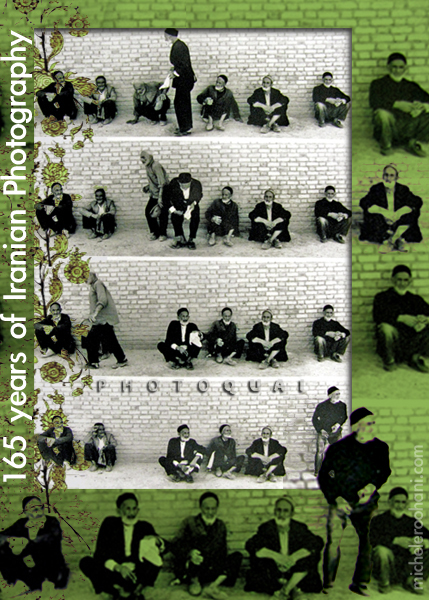
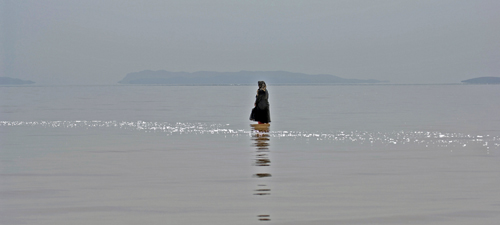
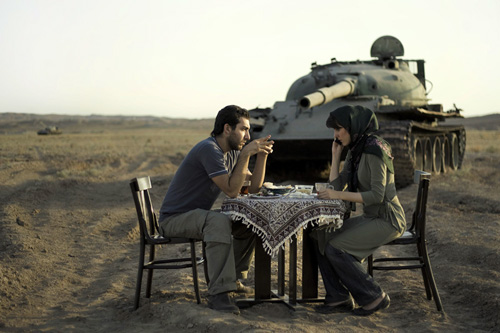
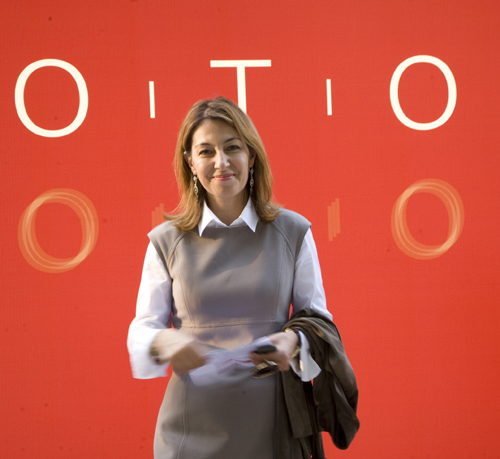
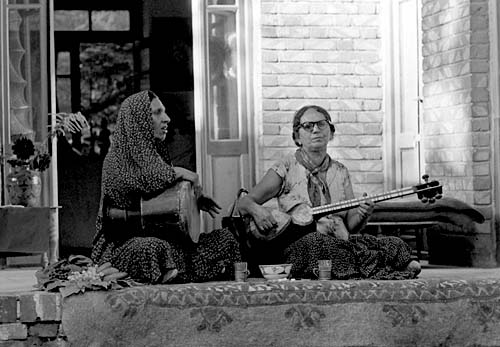


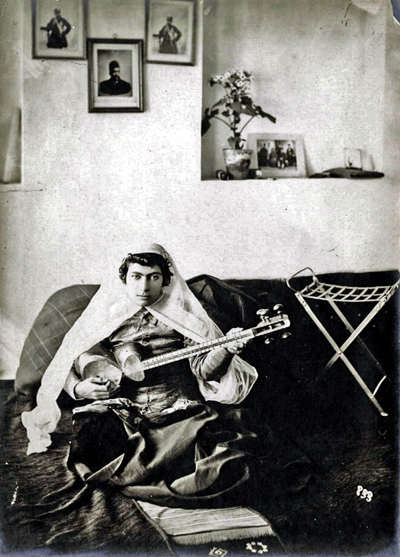
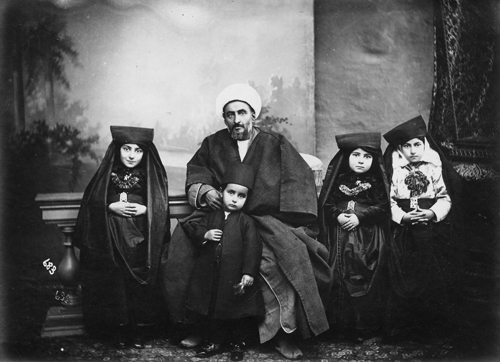
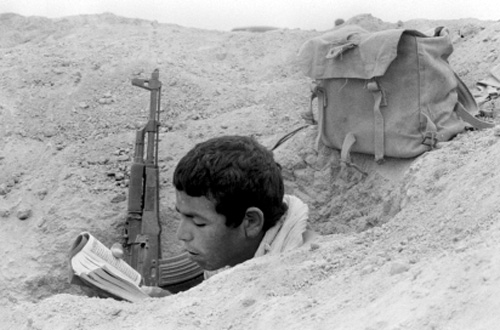
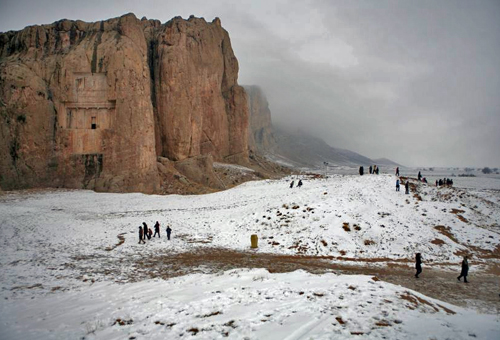
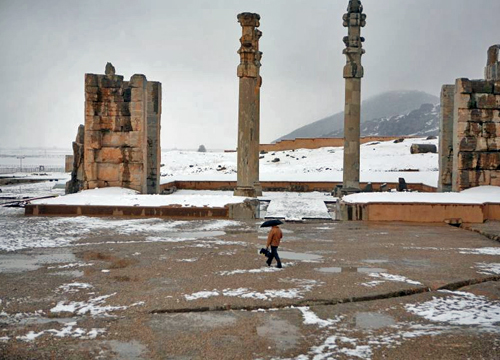

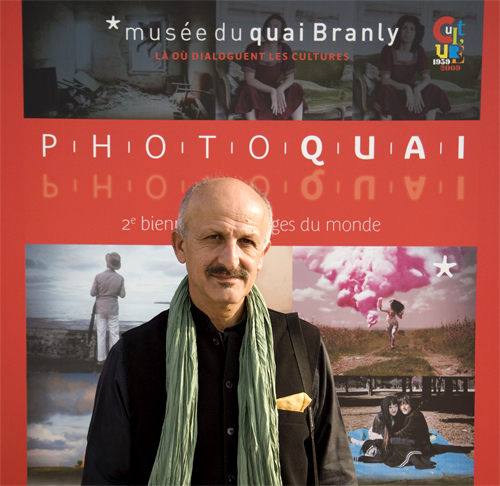
Dear Michele:
Again a lovely post with a happy ending, my dear friend Reza Deghati’s portrait.
Photography is the observed in the eye of observer. It is the love in the eye of beholder.
It is a very sensitive action. You can show the beauty, the ugliness, or the beauty of the ugliness depending on how you look at things. You are a good photographer for you understand your choice and your responsibilities and the message you want to communicate. I have observed this is your works.
I am in search of beauty and I rather look at things from the beauty perspective, no matter what they are. I do not see ugliness in things therefore the beauty is always there for me. For me the message a picture can convey is very crucial in my choice. If a picture disturbs someone, to me, it is not a good picture, for a good photographer must raise hope, love, and peace not by showing the dead but by showing the alive, not by showing the ugliness but by showing the beauty.
A difficult task to do. Reza is a good example of this achievement displaying hope and love and peace amid war and hopeless poor.
Merci
salam,merci babate in matalebe khubetun.
be nezare man akasaye irani fogholadan!
jaye karaye khanum shadi ghadiran ham khalie.
I’m at loss of words..
Awe Inspiring Post .. Loved your poster ..
Warmth..
Merci de m’avoir fait découvrir Reza Deghati. J’aime beaucoup la photographie de Persepolis sous la neige qui semble rendre ce décor à la nature. J’apprécie l’idée selon laquelle la photographie a pour vocation d’enregistrer un moment de l’Histoire de l’Humanité ou de l’histoire personnelle. L’image fixe du portrait ou du paysage sollicite plus notre imagination ou notre nostalgie que le mouvement du film. Ce couple buvant du thé à côté d’un char d’assaut en est un bon exemple. Un film nous imposerait une histoire alors qu’avec cette photo nous pouvons créer cette histoire.